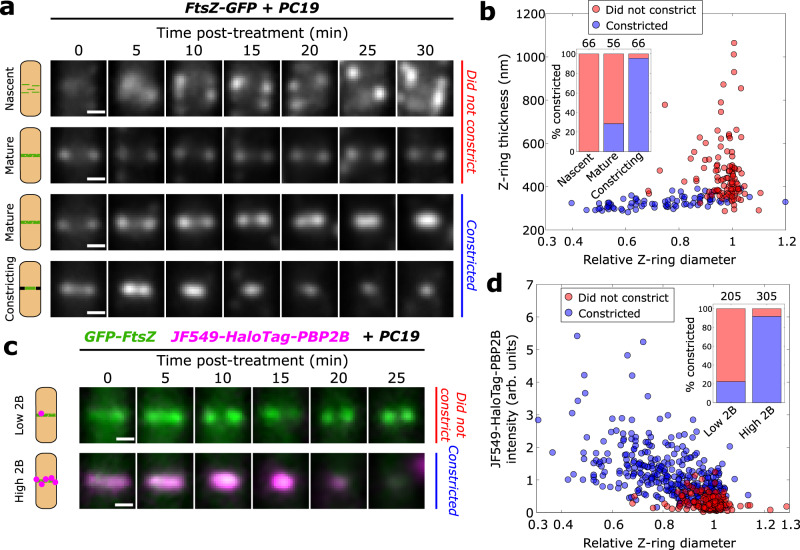Fig. 3. FtsZ treadmilling is required until the arrival of PG synthesis machinery.
a Representative time-lapses of Z-rings for FtsZ-GFP cells (SH130) after arrival of 10 μM PC19-laced media. Nascent rings and many mature rings do not constrict for tens of minutes after PC19 treatment, whereas constricting rings and many mature rings continue constricting after treatment. b Scatter plot of Z-ring diameters and thicknesses for all FtsZ-GFP cells at t = 0 min showing whether they continued constricting (blue) or not (red). Inset: Percentage of cells that continued constricting classified by division stage. Nascent: thickness >400 nm, mature: thickness <400 nm, relative diameter >0.9, constricting: thickness <400 nm, relative diameter <0.9. c Representative time-lapses of rings from two-colour strain SH212 (Green: GFP-FtsZ, magenta: JF549-HaloTag-PBP2B) after the arrival of PC19-laced media. Z-rings with low JF549-HaloTag-PBP2B signal typically do not continue constricting while those with high signal typically do. d Scatter plot of Z-ring diameters and normalised JF549-HaloTag-PBP2B intensities at t = 0 min showing whether they continued constricting (blue) or not (red). Inset: Percentage of cells that continued constricting classified by JF549-HaloTag-PBP2B signal. Low 2B: intensity <0.5, High 2B: intensity >0.5. Scale bars: 500 nm. Numbers above stacked bars indicate number of cells. Source data for this figure are provided as a source data file.

